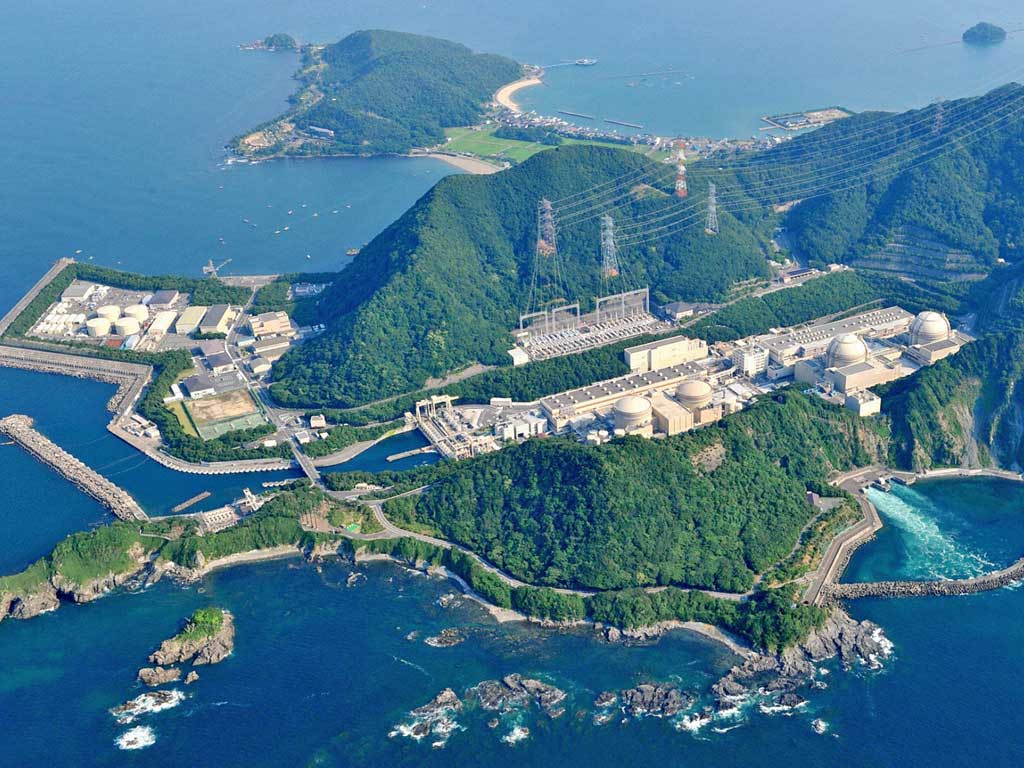Japan finalises new nuclear safety regulations
Nuclear power plants plan to reopen by the end of year

Your support helps us to tell the story
From reproductive rights to climate change to Big Tech, The Independent is on the ground when the story is developing. Whether it's investigating the financials of Elon Musk's pro-Trump PAC or producing our latest documentary, 'The A Word', which shines a light on the American women fighting for reproductive rights, we know how important it is to parse out the facts from the messaging.
At such a critical moment in US history, we need reporters on the ground. Your donation allows us to keep sending journalists to speak to both sides of the story.
The Independent is trusted by Americans across the entire political spectrum. And unlike many other quality news outlets, we choose not to lock Americans out of our reporting and analysis with paywalls. We believe quality journalism should be available to everyone, paid for by those who can afford it.
Your support makes all the difference.Japanese nuclear regulators have finally agreed on a new set of safety guidelines, signalling a start to a slow re-opening of the country’s nuclear reactors.
Since the disaster in March 2011 when an earthquake caused a series of nuclear meltdowns at the Fukushima nuclear power plant, all but two of Japan’s 50 nuclear reactors have been shut down in response to public fears over safety.
The Nuclear Regulation Authority’s new regulations will take effect on July 8, when plants can apply for inspection. This process will take several months, will plants expected to reopen later this year or early 2014.
The refreshed safety standards will mean that operators of nuclear plants will have to check for active earthquake faults and build new tsunami defences. Remote secondary control rooms must also be constructed so that plants can be safely shut down if the main site cannot be reached.
The body that has outlined the new rules is itself a new creation, after the previous regulator was disbanded following public outrage over lax safety standards and cronyism. Before Fukushima safety requirements were also the sole responsibility of plant operators, and were not legally binding.
Despite the improvements, the new plans have still attracted criticism, including the claim that loopholes will allow some operators to wait five years before installing mandated equipment.
In a poll conducted by the daily newspaper Asahi Shimbun 58% of respondents said they opposed restarting the country’s power plants, whilst only 28% approved.
Critics of the new scheme also pointed to the fact that four utilities companies running six power plants would be filing for safety checks even though NHK, Japan’s public television network, reported that they had not upgraded their tsunami measures or built secondary control centers.
Despite being one of the world’s most earthquake prone countries, Japan has also been one of the most inclined to nuclear power. Prior to 2011 one third of the country’s energy was generated by nuclear means, and although the current government predecessors had committed to phasing out Japan’s use of nuclear power by 2040 there were no mentions of these plans amongst the new regulations.
Join our commenting forum
Join thought-provoking conversations, follow other Independent readers and see their replies
0Comments